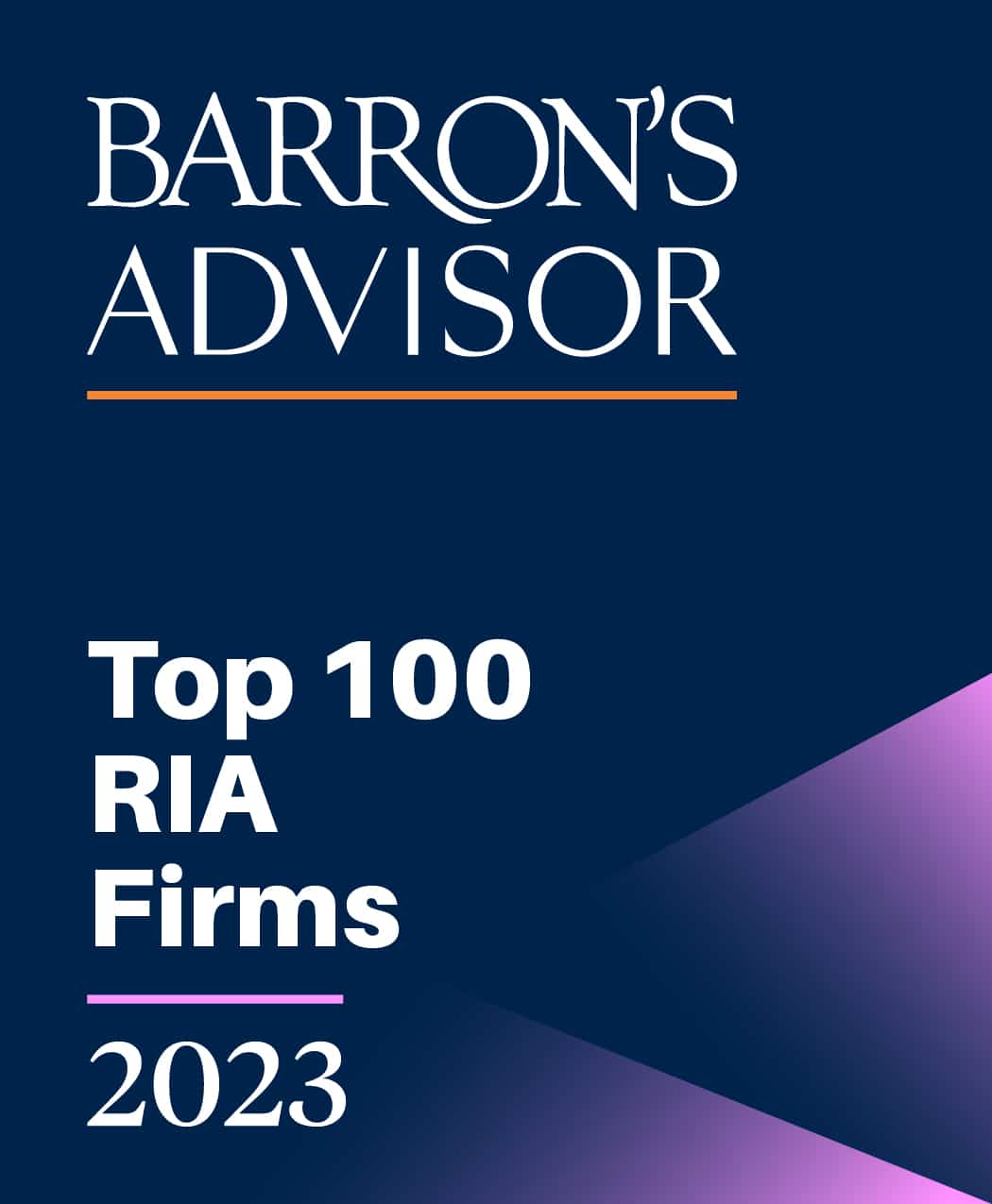03/18/20
Public health officials are encouraging Americans to practice social distancing in an attempt to “flatten the curve.” The curve represents the number of people who contract the virus over a period of time. A flatter curve is desired so that the demand for healthcare does not exceed its supply while researchers increase testing capabilities and work towards the production of therapeutics and a vaccine.
The factors that will flatten the growth curve of this pandemic in the U.S. are the same factors that will slow the economy over the short term. The aggressive measures taken in China to slow down new cases have largely been successful, but they have also led to a significant decline in economic activity. Estimates of U.S. growth have declined since the emergence of the virus. As is the case in China, monetary policy and fiscal policy are important to minimizing further downside to this scenario. The Federal Reserve has cut the federal funds rate to basically zero and launched a new round of quantitative easing, purchasing at least $700 billion of U.S. Treasury and mortgage-backed securities. We expect other monetary or fiscal programs to be announced for individuals, companies, and the most impacted industries.
While the markets have been very volatile there are a few reasons why we believe it is important to focus on the longer term as an investor:
- The speed with which the stock market has fallen in recent weeks has been unprecedented. Markets are now pricing in around the historical average peak-to-trough price decline of a recession, around 30%.
- The level of volatility in this market has approached levels last seen near the trough of the global financial recession. Because such extremes typically reflect fear in the markets, historically, they have represented better buying than selling opportunities.
- The S&P 500’s 9.3% gain on Friday, March 13, was the best day since October 2008, while the 9.5% loss the day before was the worst day since Black Monday in 1987. When the market is generating a typical year’s worth of gains or losses in a single day, the chance of a trading misstep by trying to time the market is higher.
- The experience of several countries with social distancing, frequent testing, and tracing of infected persons’ contacts shows that there is a path for bringing the spread of the virus under control.
- We believe that significant easing of monetary policy and fiscal stimulus may provide a floor to the depth of any economic contraction.
- There is optimism for therapeutics and a vaccine based on the progress that has been made so far with several companies. It is possible that the markets begin to calm down or recover at the first signs of progress towards a possible medical option.
Trying to sell and wait for a lower target when a recovery later this year is expected is challenging for long-term investors. There is no guarantee that the stock market reaches the lower levels. We are more confident that the market will eventually recover given the resiliency of the U.S. consumer and economy. We believe that the current decline in valuations may provide opportunities going forward to incrementally add risk to portfolios. We continue to look for opportunities to potentially increase our stock allocation by rebalancing, and we expect there may be an opportunity to increase our overall stock exposure as well at some point. As always, contact a member of your service team if any questions.
Disclosures: The information reflects Homrich Berg’s views, opinions and analyses as of March 18, 2020. The information is provided for informational purposes only and does not constitute an offer to sell or a solicitation of an offer to buy any investment product. The information does not represent legal, tax, accounting or investment advice; recipients should consult their respective advisors regarding such matters. Certain of the information herein is based on third party sources believed to be reliable but which have not been independently verified. Past performance is not a guarantee or indicator of future results; inherent in any investment is the risk of loss.



